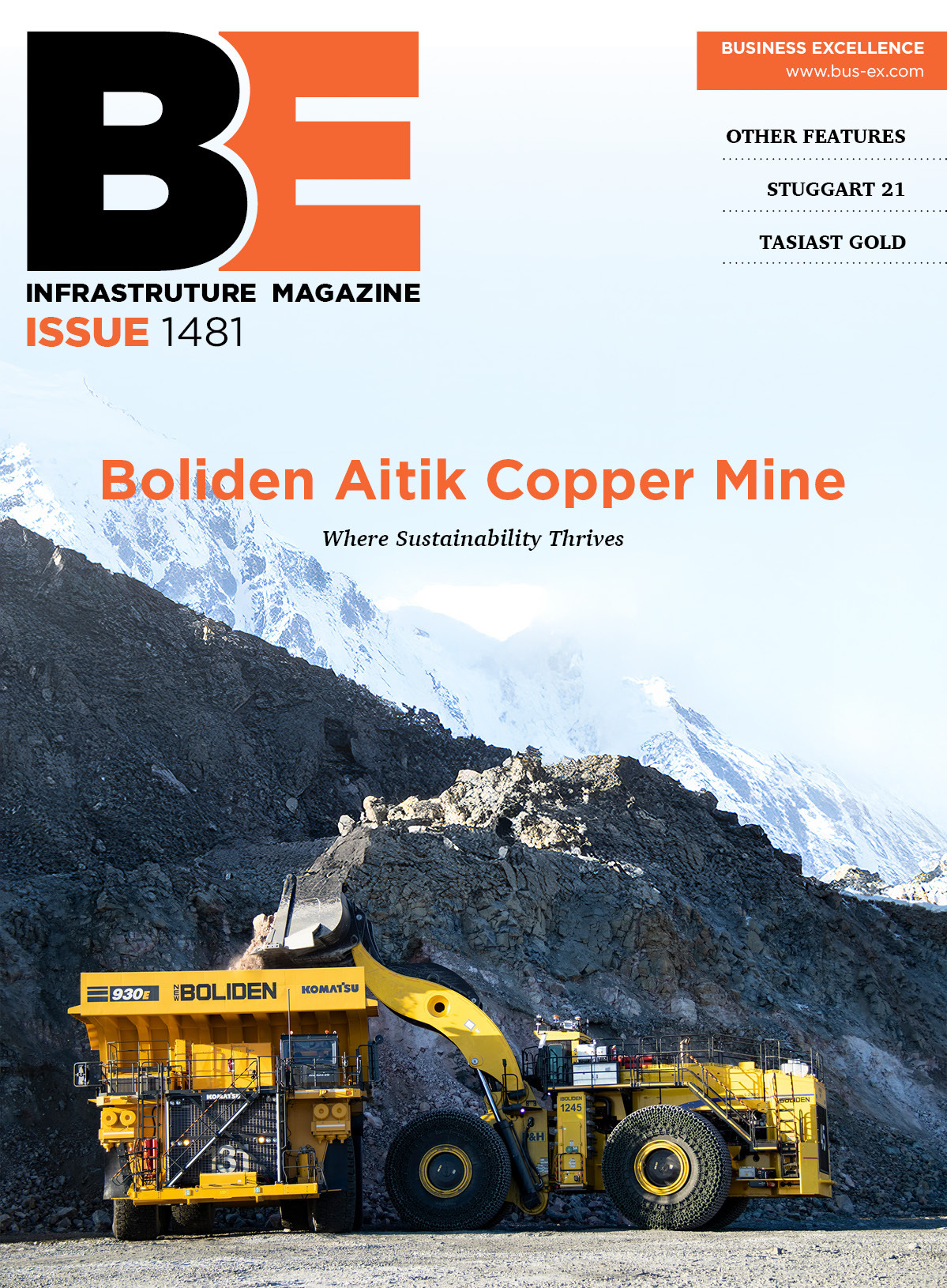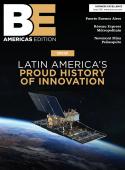Swept along in a whirlwind┬áDemand for wind and solar power systems has turned AEE Solar into a giant almost without it realizing what was happening, as Alan T Swaby learns. In certain circles, the installation of renewable energy sources is something of a lifestyle statement. Solar panels on the roof of a house are a declaration that the owner is doing his part for the survival of the planet. But when David Katz, founder of Alternative Energy Engineering, fell into itÔÇöalmost by accidentÔÇösolar panels meant the difference between electric lights or tallow candles.Katz, like many Californians, decided that a laid-back life in the foothill communities of the northern coastal redwood region was a more attractive proposition than the daily urban grind, despite not having the luxury of electricity. So he bought some land and built a house, but he soon tired of oil lamps. As a former defense department engineer, he devised an ingenious method of charging extra automotive batteries whenever he drove into town for supplies. These were his primary source of power until he saw one of the first solar panels ever made being displayed at an electronics show in Las Vegas. Katz took a chance, bought 100 panels and had them sold within a couple of days.This was the start of AEE, just about 30 years ago. The laid-back demeanor is still there, but to the complete surprise of many, Katz is now president and CEO of the countryÔÇÖs second-largest wholesale distributor of renewable energy systems, with sales in excess of $75 million and a target of being a half-billion-dollar business within a decade.Of course, AEEÔÇÖs success has been built on an insatiable demand. For years there were enough domestic properties too far away from the electrical grid to maintain a steady supply of orders. Cottage industries based around arts and crafts needed power. Then, when the dangers of global climate change started to hit home, there were plenty of individuals willing to invest in self-sufficiency. Along the way, industrial and commercial projects saw the benefit of having their own energy supply systems.┬á But many a business has failed in a market with high demand, so how has AEE kept its head above water? ÔÇ£One of the biggest challenges the company has faced,ÔÇØ says Sequoya Cross, vice president of operations, ÔÇ£has been to finance the rapid growth. Although we essentially have only two product areasÔÇösolar and wind, with a tiny amount of micro-hydro powerÔÇöwe still run around 8,000 products. Keeping a tight hold on inventories is the key for us. Without strict control, already-scarce working capital could hemorrhage away in unproductive areas.ÔÇØThe need for financing has caused AEE to make major strategic turns on two occasions. Ten years ago it sold to Idaho Power, which before long sold the business on to Schott, a German glass manufacturer. However, when Schott wanted to move the office away from Redway, a tiny coastal community in Humboldt County, none of the staff members were prepared to go. Within a year Katz had bought back the trading name for just $2,500.Eventually the business got too large to self-finance, and Mainstream Energy, a group looking for environmentally sound investments, bought 80 percent of the equity. Not only has AEE received a badly needed cash injection, but it also benefited from new managerial insights and a stronger hand with vendors.Broadly speaking, 30 percent of revenue comes from off-grid applications, while the remainder is grid-tiedÔÇöa two-way system whereby wind or solar generators can feed the grid during the day while producing excess energy, and then take it back at times when theyÔÇÖre unable to satisfy their own needs. In fact, the grid-tied model has been a real boost for renewable sales. Many states are offering generous rebates alongside federal tax credits, making investment an attractive proposition.ÔÇ£A typical single-family dwelling will need anything from three to five kilowatts of power,ÔÇØ explains Cross. ÔÇ£At retail level that equates to, say, $30,000, but with incentives itÔÇÖs not impossible to be getting up to half paid by the government.ÔÇØAs a wholesaler/distributor, AEE doesnÔÇÖt deal directly with the end user. Instead, it services a network of installers whose role is to find sales as well as design and install the systems. Although removed from the end user, AEE puts an enormous amount of effort into selecting the right people it will supply. ÔÇ£WeÔÇÖre dealing with solar electricity,ÔÇØ says Cross, ÔÇ£so electrical proficiency is a first requirement. Then, in addition to all the appropriate licenses, we also want installers to undergo training with an accredited solar energy organization. ThereÔÇÖs a huge demand for renewable energy, and many of the installers are one-man operations. This is why we decided to start offering twice-monthly trainings to our dealers to assist them in learning the trade. The trainings allow our dealers to learn about the latest technologies and techniques within the industry. ThereÔÇÖs a close correlation between lack of specialist training and failure in this business, and itÔÇÖs important that we help our customers become successful.ÔÇØFor an essentially homespun business that is still not sure how it got where it has, being part of Mainstream Energy has introduced a higher level of managerial demands. In order to conform to the rest of the group, it has been obliged to change its old ERP software to a more extensive and versatile Oracle package. ÔÇ£Like all new things,ÔÇØ admits Cross, ÔÇ£switching systems has disturbed the routine the back-room staff had developed. It has taken some time to readjust, and weÔÇÖre still exploring all the many new features it gives us.ÔÇØNevertheless, management at AEE recognizes that a slicker, leaner operation is inevitable. ÔÇ£The downturn in the housing market has had an effect on us,ÔÇØ says Cross. ÔÇ£The new management tools at our disposal are helping us refine the products we carry and make adjustments more quicklyÔÇöexactly what we need now that we have to compete harder to win business rather than just waiting for it to arrive.ÔÇØ ÔÇô Editorial research by Bob Meehan┬á









